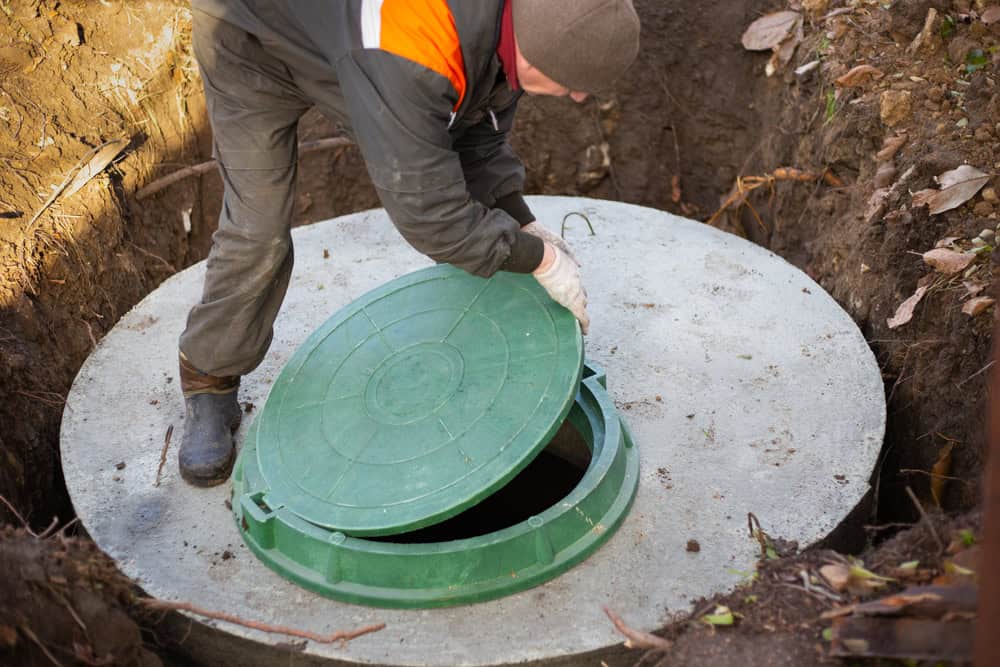Fast response when your system backs up, professional septic tank pumping that prevents costly disasters, and decades of trusted service in Springs, NY.
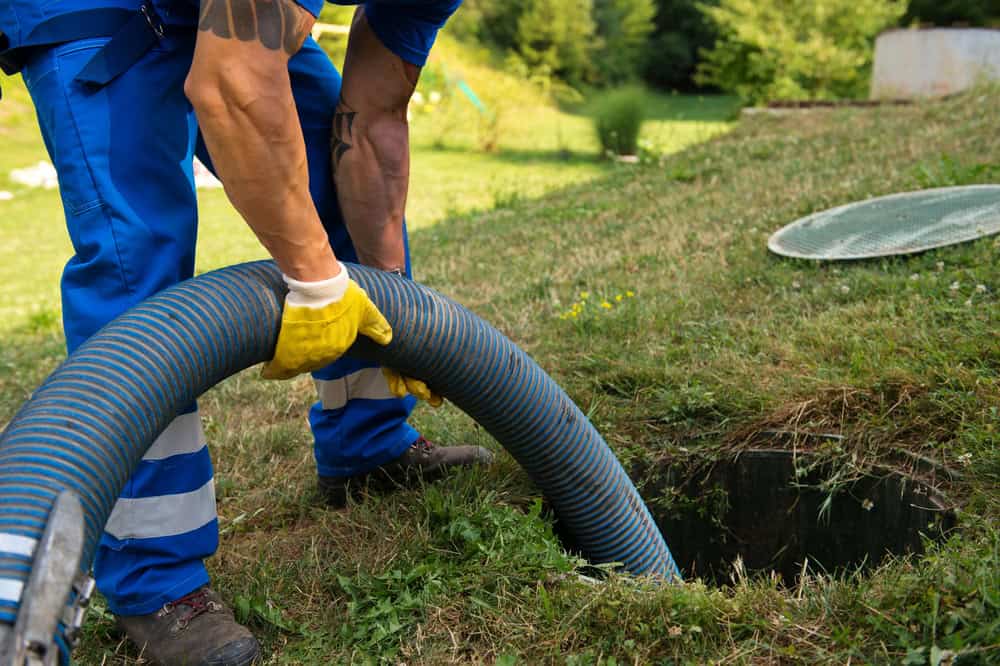
Hear from Our Customers
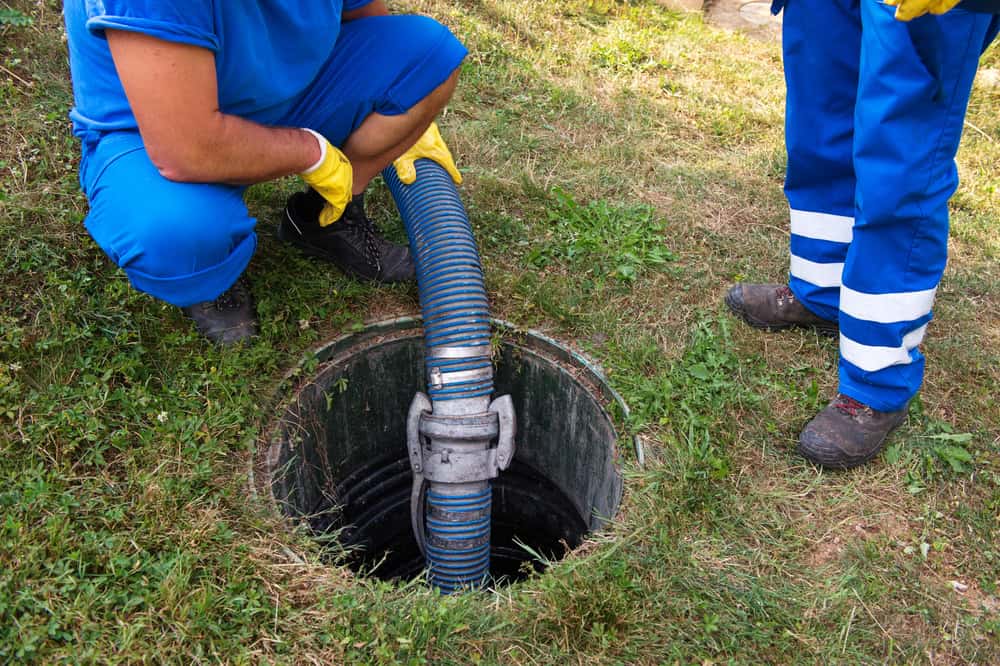
Your septic system works quietly underground until it doesn’t. When toilets won’t flush, drains back up, or you smell that unmistakable sewage odor, you need it fixed fast.
We pump your tank completely, inspect for potential problems, and get your system running properly again. No more standing water in your yard. No more embarrassing backups when guests visit. No more wondering if today’s the day your system fails.
Most Springs, NY homeowners are surprised how affordable regular septic pumping is compared to emergency repairs. A simple pump-out every few years prevents the expensive disasters that happen when tanks overflow into your home.
We’ve been handling septic emergencies in Springs, NY for over a decade. We’re a family business that’s been in the septic industry for four generations, so we’ve seen every type of problem you can imagine.
Springs sits in Suffolk County where most properties rely on septic systems instead of public sewers. We know the local soil conditions, the common issues that pop up in this area, and exactly how to fix them quickly. Our licensed and insured technicians have pumped thousands of tanks across Long Island.
When your septic system acts up, you don’t have time to research companies or wait for callbacks. That’s why we’re available seven days a week and typically arrive within 30 minutes for emergencies in Springs, NY.
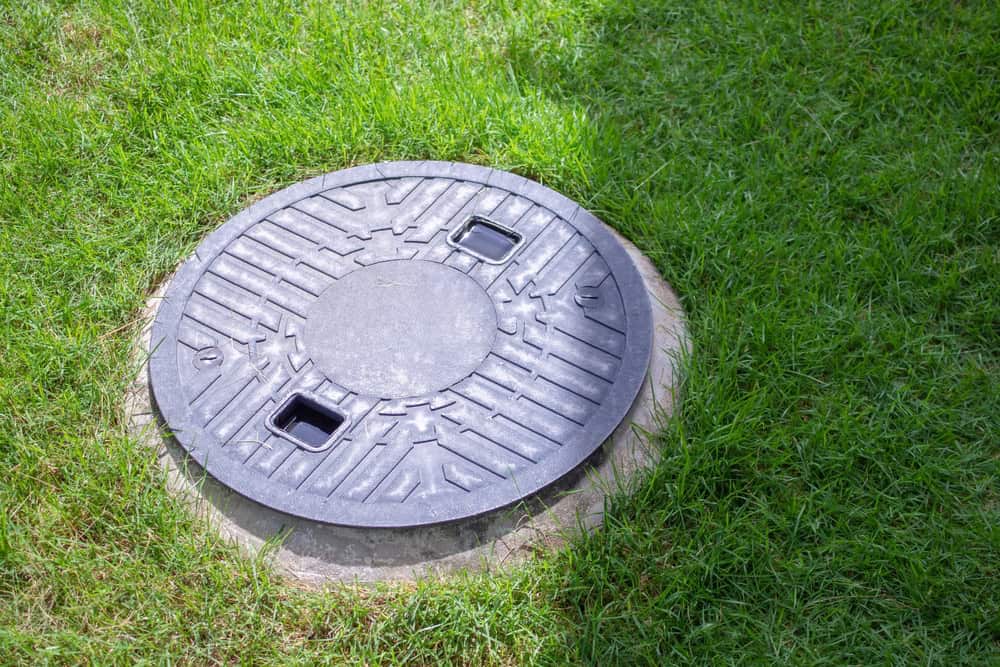
We start by locating your septic tank using fiber-optic and electronic equipment, so there’s minimal disruption to your yard. Once we access the tank, we inspect it while it’s full to check for any obvious problems.
Next, we pump out all the liquid and solid waste using our fleet of trucks that handle anywhere from 3,000 to 7,500 gallons. After the tank is empty, we inspect it again to look for cracks, damage, or other issues that could cause future problems.
We also run our eight-point septic check to examine your entire system, not just the tank. This includes checking that all drains flow properly into the septic tank and making sure your system meets local Springs, NY regulations. If we spot anything that needs attention, we’ll explain it clearly and handle any necessary permits for repairs.
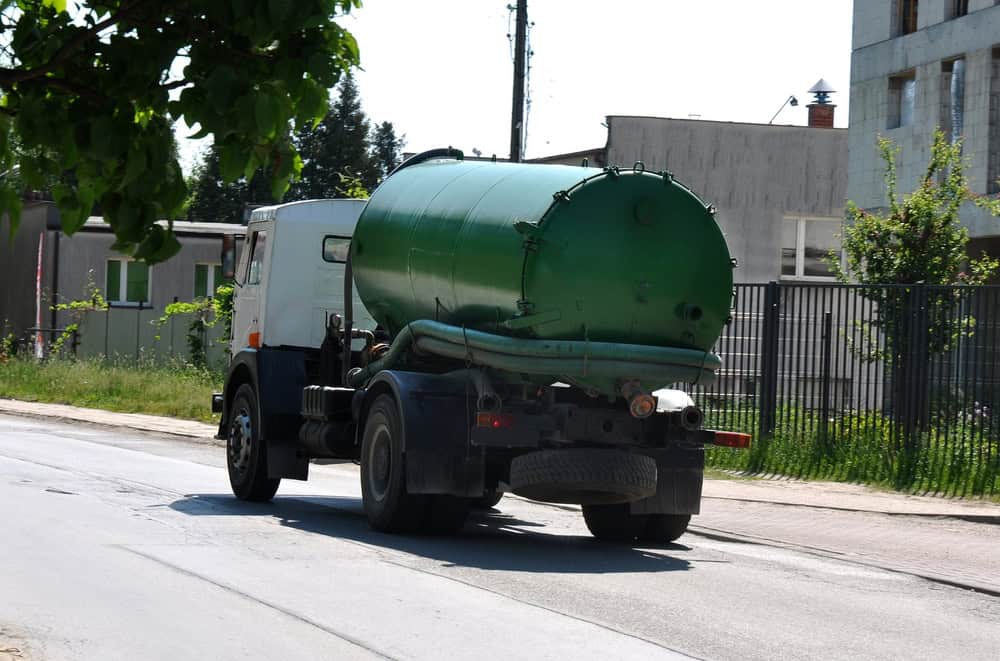
Ready to get started?
New York State recommends pumping septic tanks every 2-3 years, and Suffolk County’s soil conditions make regular septic maintenance especially important. Springs, NY properties often deal with higher water tables during wet seasons, which can stress septic systems that aren’t properly maintained.
Our septic service includes complete waste removal, tank inspection, and documentation for your records. We also use video camera technology to inspect your lines and catch potential problems before they become expensive emergencies. Most Springs homeowners are surprised to learn that regular septic pumping costs between $300-$600, while emergency repairs or full system replacement can run $8,000-$25,000.
We handle all the details that other companies skip – proper disposal of waste materials, checking that your system meets current regulations, and providing the documentation you need if you ever sell your property. Suffolk County takes septic compliance seriously, and violations can result in fines ranging from $500 to $10,000.
